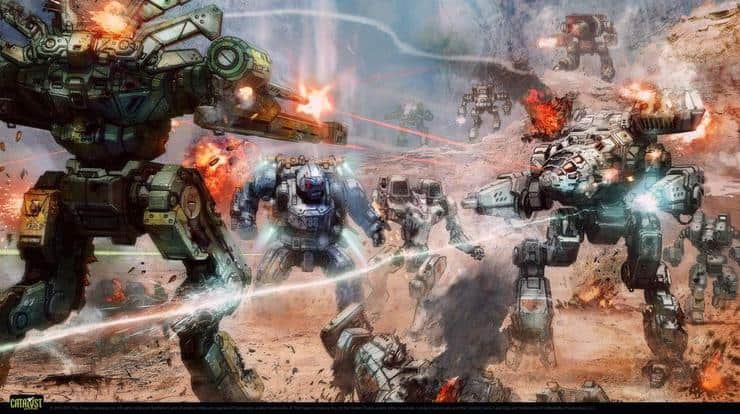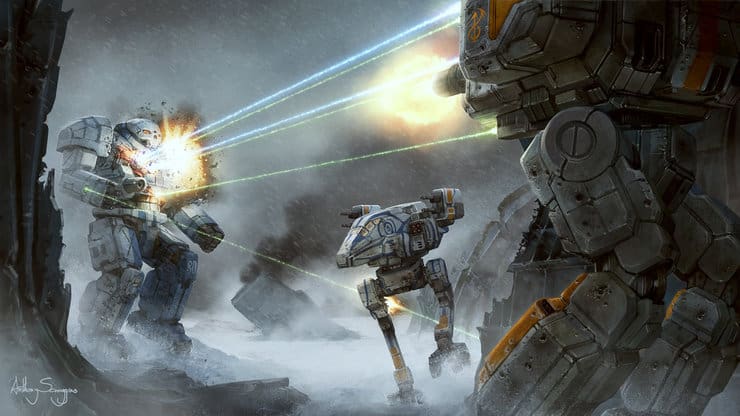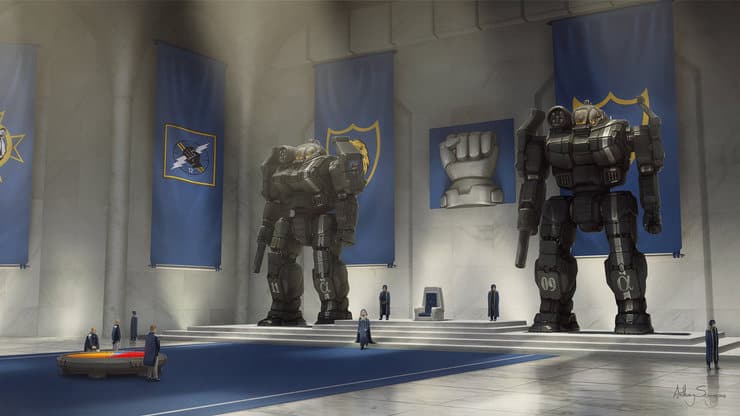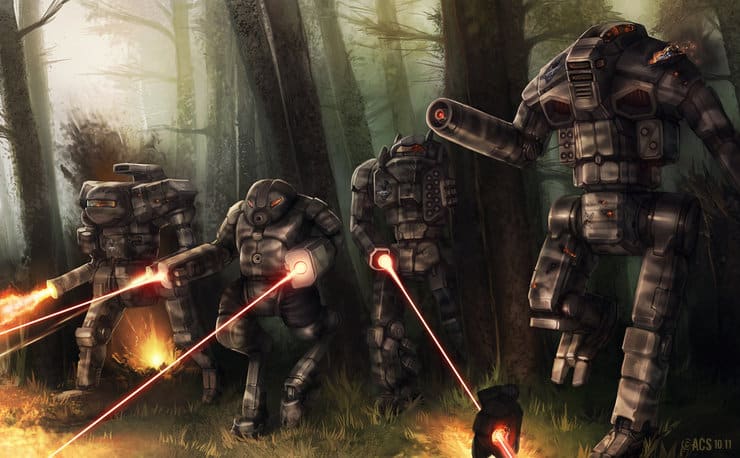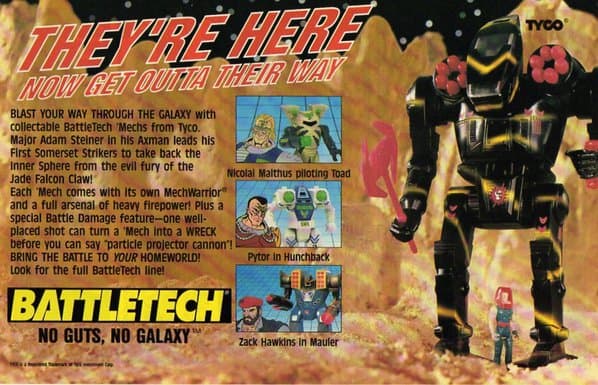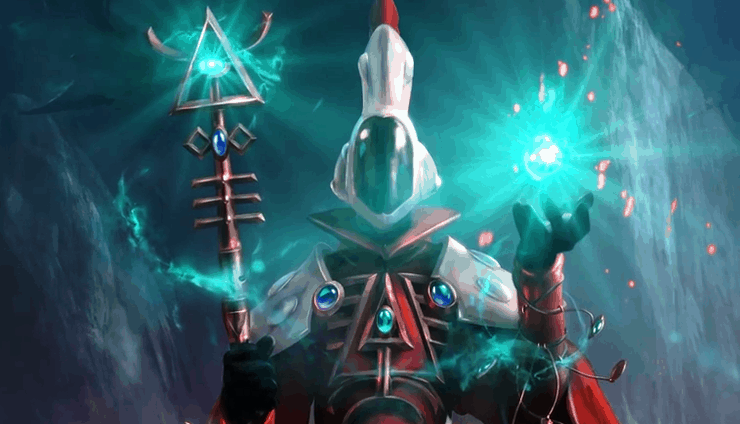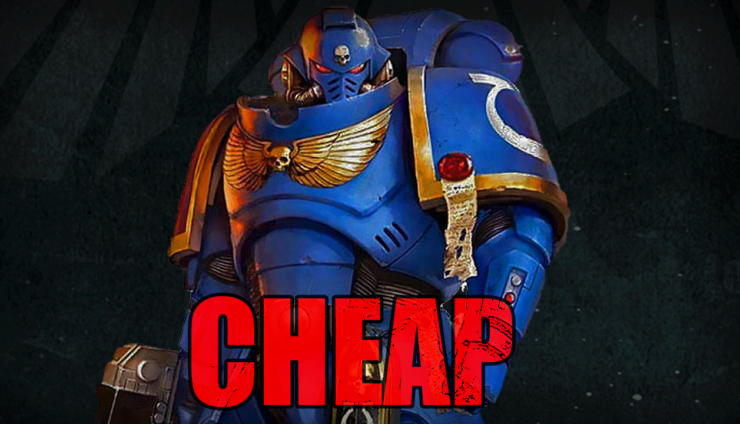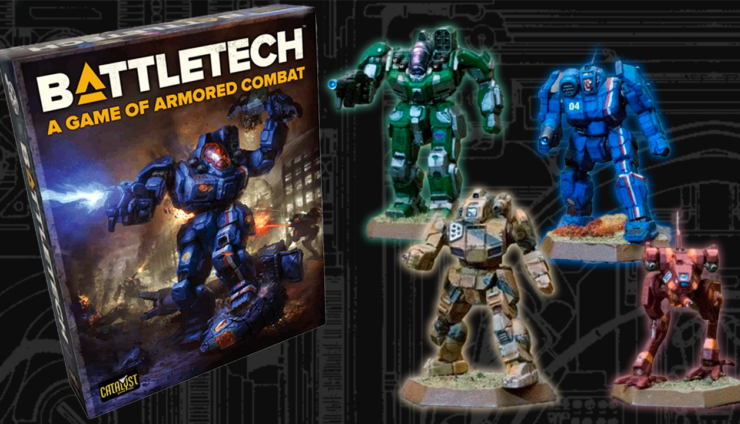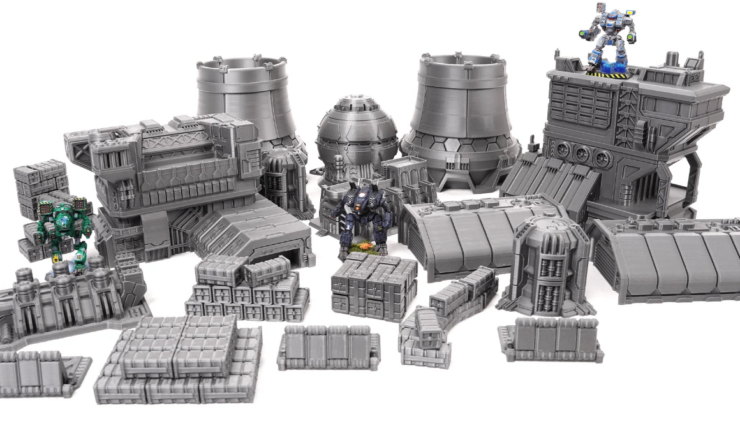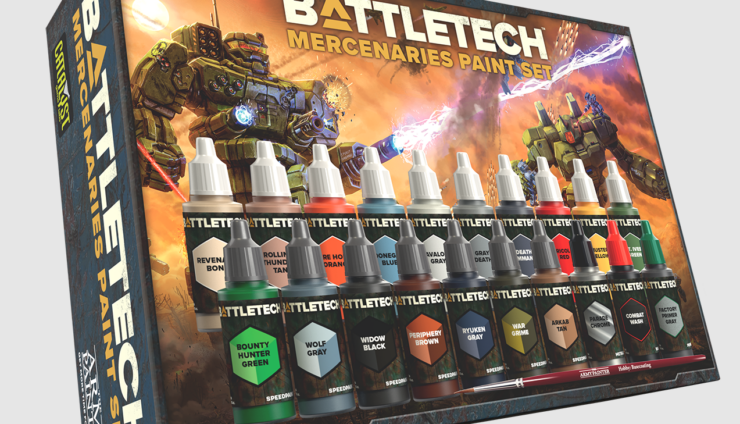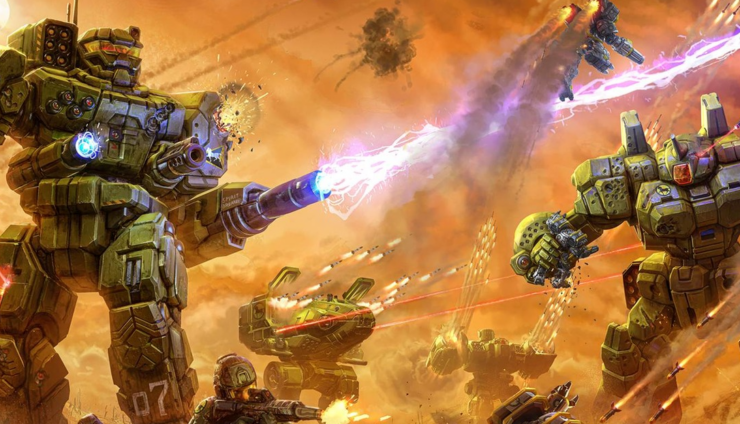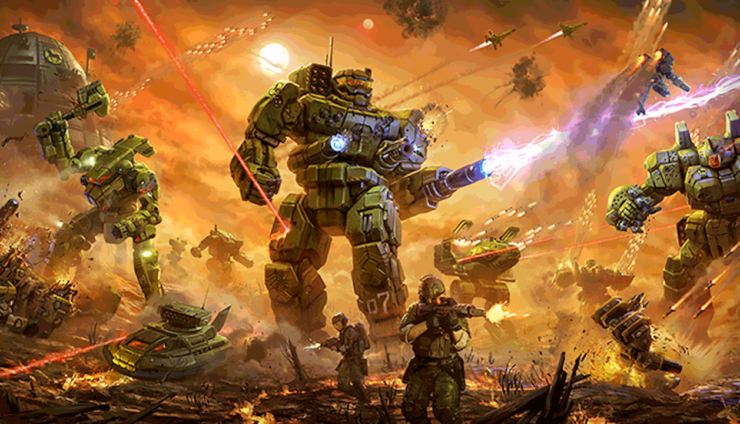Hey Game Fans, we’re back with another article featuring on Alpha Strike. Today we’re going to take a much closer look at the movement phase.
The movement phase is an essential part of the game, and getting the best usage out of your movement is an essential part of the game. Let’s break down the movement phase, and the game element most likely to interact with movement, Terrain.
Movement
Now as we’ve briefly covered before, every single unit in the game has a movement value listed on its datacard. Also, every unit in the game should be mounted on a hex base. The hex base is a wonderful guide for determining facing, footprint, and movement. Once a unit has been activated, it can move a number of inches in any direction up to the listed movement value. I strongly encourage you to measure from the front of the unit’s hex base when measuring. Units can make turns while moving (the book suggests a flexible tape measure, and i agree), and a unit can make any number of turns so long as it has movement remaining. Plan ahead and you can put your units in optimal positions to rain down fire and devastation on your opponent’s units.
Special Cases
- Minimum Movement: Unless a unit has had its movement reduced to 0 through damage or other special effects, a unit can always move at least two inches.
- Units have a variety of movement types. Make sure you know what movement type your unit has (it’ll be on the datacard) and try to not put them in/over/through illegal terrain.
- Your unit does not have to move its full movement rate in order to get it’s Target Movement Modifier. Having the movement available is sufficient to generate the modifier.
- Stacking: Units can move freely through friendly units during the Movement Phase. Units can move through enemy units if they are at different elevations (a terrain feature). Units can not end their movement during the movement phase occupying the same space as another unit.
More Special Cases
- Protomechs: Protomechs (an unusual unit type that operates in its own unique way) are tracked as a single unit but move and fire independently. All Protomechs on a single datacard move at the same time (Despite moving independently, they are still considered a single unit).
- Unequal Numbers: If through scenario design or battle damage the number of units between players is unequal, the player with more units will move more of their units to maintain the initiative order (There is a wonderful chart on page 28 of the Alpha Strike Rulebook explaining how this works in detail).
- Jumping: A unit that uses Jumping movement ignores intervening terrain* and simply moves the full allotment of its jumping movement anywhere it wants to go. (The one caveat to this is that the unit can’t jump over units that are taller than its jumping movement in inches.) A unit can also jump off a piece of terrain and land safely from any distance when using jumping movement.
- Infantry Transports: Some units in the game can carry infantry (Regular and Battle Armor) and there are rules for using these transports in the game. Check out the full details on pages 32-33, but the quick draw is:
- Units mounting up do it at the beginning of the activating transport’s movement. (Units mount up as the transport starts to move)
- It costs 2 inches of movement to pick up or drop off.(You can do both in the same turn)
- Units dismounting do so at the end of the transport’s movement (Once the transport stops, the troops bail out)
Terrain
Terrain has two primary effects on movement. It either increases the number of inches a unit needs to spend to move, or it restricts movement entirely. Some terrains and units are incompatible. You can’t have infantry crawling along the bottom of a lake for example, nor can you have submarines driving through forests. Let’s talk about the primary terrains you’re likely to encounter during the game and the effects they have.
- Woods: Woods increase the movement cost by 1 inch, (travelling through an inch of wooded terrain costs 2 inches of movement) and prevents Air, Hover, Naval, Rail, and Wheeled Units from moving through them.
- Hills: Hills introduce elevation changes and turn a 2D battlefield 3D. For every inch of vertical movement, a unit has to move at least one inch horizontally. Some units can’t change elevations at all, and you’ll need to check your unit’s rules specifically.
- Rough: Made of hard, broken craggy earth or otherwise difficult to cross terrain. Rough Terrain costs an additional inch of movement to cross, and can’t be crossed by Naval or Wheeled Units
- Rubble: This might have been a shopping mall, or a school at one point. Now it’s a pile of barely connected stones. Rubble costs an extra inch of movement to cross, and can’t be crossed by naval Units.
- Water: Water terrain, depending on its depth restricts units and costs extra movement. The heaviest of these penalties, (Water Depth 4 or deeper) are 6 extra inches of movement, and dramatically restricted unit access.
Putting it All Together
Frank and Bob are playing a game of Alpha Strike, and it’s Frank’s turn to move a unit. He activates a Locust scout mech. The Locust has a Movement of 24 inches listed on its datacard, and Frank plans his turn accordingly. He has a choice of moving the Locust through the narrow gap between two sections of wooded terrain as he moves into striking position on Bob’s lance of scouts. He uses twelve inches of movement to get to the edge of the forest, and makes several turns moving through the gap that end up costing him the rest of his movement. His facing at the end of his movement is towards Bob’s Wasp, Locust, Panther and Phoenix Hawk.
It’s Bob’s turn to activate one of his units, and he selects the Phoenix Hawk. The Phoenix Hawk that Bob is using has a jump movement of 12 j. This means the Phoenix Hawk can use the jump movement method, and Bob chuckles and starts moving the Phoenix Hawk. 12 inches of jump movement later, the Phoenix Hawk is sitting 3 inches away from the Locust, sitting directly behind it in the woods. Play continues….
I hope this gives budding Alpha Strike players a look at how the movement phase works, and we’ll continue exploring phases and ideas in coming weeks. Game On, Game Fans.
Huge shout out to Anthony Scroggins, aka Shimmering Sword for putting together some amazing Battletech Art. Check him out on Deviant Art.
